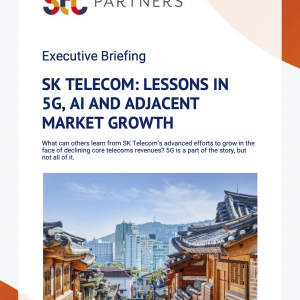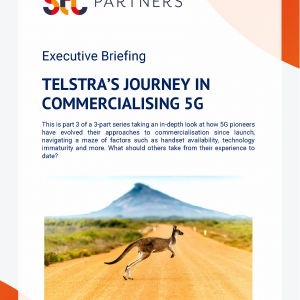Autonomous cars: Where’s the money for telcos?
£1,000.00 excl VAT
The connected car market is being seen as one of the most promising segments of the Internet of Things. Everyone from telcos to internet giants Google, and specialist service providers Uber are eyeing opportunities in the sector. In this report we analyse 10 potential connected car use-cases to assess which ones could offer the biggest revenue opportunities for operators and outline the business case for investment. Our results are intriguing, and suggest that human use of data could be the largest telco opportunity in the autonomous car market.
Description
Format: PDF filePages: 54 pagesCharts: 24Author: David Pringle, Roz Euan-SmithPublication Date: March 2017
Table of Contents
- Executive Summary
- The role of cellular connectivity
- High level recommendations
- Contents
- Introduction
- The evolution of connected cars
- How to connect cars to cellular networks
- What are the opportunities for telcos?
- How much cellular connectivity do vehicles need?
- Takeaways
- The size of the opportunity
- How much can telcos charge for in-vehicle connectivity?
- How will vehicles use cellular connectivity?
- Telco connected car case studies
- Vodafone – far-sighted strategy
- AT&T – building an enabling ecosystem
- Orange – exploring new possibilities with network slicing
- SoftBank – developing self-driving buses
- Conclusions and Recommendations
- High level recommendations
- STL Partners and Telco 2.0: Change the Game
Table of Figure
- Figure 1: Incremental annual revenue estimates by service
- Figure 2: Autonomous vehicles will change how we use cars
- Figure 3: Vehicles can harness connectivity in many different ways
- Figure 4: V2X may require large numbers of simultaneous connections
- Figure 5: Annual sales of connected vehicles are rising rapidly
- Figure 6: Mobile connectivity in cars will grow quickly
- Figure 7: Estimates of what telcos can charge for connected car services
- Figure 8: Potential use cases for in-vehicle cellular connectivity
- Figure 9: Connectivity complexity profile criteria
- Figure 10: Infotainment connectivity complexity profile
- Figure 11: In-vehicle infotainment services estimates
- Figure 12: Real-time information connectivity complexity profile
- Figure 13: Real-time information services estimates
- Figure 14: The connectivity complexity profile for deep learning data
- Figure 15: Collecting deep learning data services estimates
- Figure 16: Insurance and rental services’ connectivity complexity profile
- Figure 17: Pay-as-you-drive insurance and rental services estimates
- Figure 18: Automated emergency calls’ connectivity complexity profile
- Figure 19: Automated emergency calls estimates
- Figure 20: Remote monitoring and control connectivity complexity profile
- Figure 21: Remote monitoring and control of vehicle services estimates
- Figure 22: Fleet management connectivity complexity profile
- Figure 23: Fleet management services estimates
- Figure 24: Vehicle diagnostics connectivity complexity profile
Technologies and industry terms referenced include: 5G, artificial intelligence, autonomous cars, big data, business models, Cloud Services, deep learning, deep neural networks Internet of Things, digital commerce, fulfilment, location based services, logistics, M2M, Machine Learning, mobile advertising, mobile marketing, Network slicing, new digital economics, Smart Home, telco strategy, V2I, V2V, V2X


